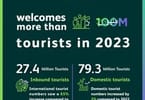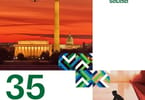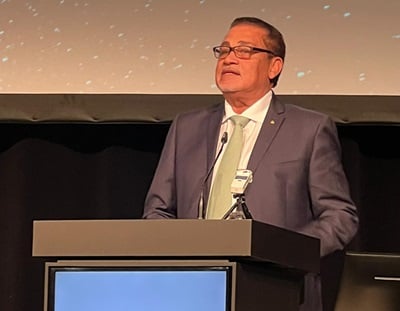Despite deep discounts on room rates, Hawaii hotels were less than 62 percent full in May, marking the worst May since at least 1987.
It was “a very tough month,” said Joseph Toy, president of Hospitality Advisors.
Hotels cut rates an average of nearly 13 percent to attract more visitors but still saw a 6.5 percentage point decline in occupancy from a year ago.
May was the fourth straight month of record lows for occupancy in Hawaii’s hotels. Toy said the steep decline does not bode well for the rest of the summer and the rest of 2009.
“We’re really hitting new lows here with the industry,” Toy said. “Right now we’re still seeing some strong drops. It shows that we have not hit bottom yet.”
Average daily room rates fell sharply by 12.8 percent to end the month at US$165.78. The combined decrease drove statewide revenue per available room — a key measure of profitability — to US$102.67, down by 21.1 percent compared to the same period last year.
Hotel occupancy statewide fell to 61.9 percent, the lowest May since the survey began in 1987. The hotel survey is compiled by Smith Travel Research in conjunction with Hospitality Advisors.
The May hotel results reflect a 6.9 percent decline in visitor arrivals to Hawaii and a 15 percent decline in visitor spending, according to data released earlier by the state.
Although all islands showed fewer people staying in hotels, the Big Island was particularly hard hit, with the occupancy rate dropping below 50 percent. The Big Island suffered an 8.2 percentage point drop to trail all Hawaii markets with an occupancy rate of 49.3 percent.
Ed Hubennette, Marriott International’s vice president for North Asia, Hawaii and South Pacific, said he thinks the Big Island needs some specific attention to stem the continuing slide.
“It’s no surprise,” Hubennette said. “Without significant meeting business, the Big Island gets challenged. We need a strong effort.”
George Applegate, executive director of the Big Island Visitors Bureau, said he was expecting May to be difficult but, based on anecdotal reports, believes that June showed improvement.
Toy said hotels felt the impact of a 7.5 percent drop in visitors choosing to stay in hotels, while visitors staying at time-share properties or with friends and family increased by 4.8 percent and 7.7 percent, respectively.
Oahu posted the smallest occupancy loss of 3.6 percentage points to 69.2 percent, representing the highest occupancy of all Islands. Oahu recorded the lowest statewide average daily rate of US$145.97. Maui earned the highest average daily rate at US$210.48, with an occupancy rate of 55.9 percent.
A 38.4 percent decline in meetings, conventions and incentive group travel and a 15.5 percent drop in Japanese visitors contributed to a decline in luxury hotel occupancy, which fell 7.5 percentage points to 64.6 percent.
Wooing Kamaaina
To help combat the decline in out-of-state guests, Applegate said the Big Island has been stressing a kamaaina pitch to get residents to spend part of their vacation in a nearby hotel.
He said residents can help the industry in important ways. Having guests allows the properties to be able to afford to keep restaurants and activities running.
Applegate urged industry workers to treat residents well because it’s the right impression to leave with any guest. And, because residents can spread the word further, “Treat ’em nice because they are your salespeople,” he said.
The survey by Hospitality Advisors included 158 properties representing 46,478 rooms, or 82.3 percent of all lodging properties with 20 rooms or more in Hawaii, including full-service, limited-service and condominium hotels.
WHAT TO TAKE AWAY FROM THIS ARTICLE:
- To help combat the decline in out-of-state guests, Applegate said the Big Island has been stressing a kamaaina pitch to get residents to spend part of their vacation in a nearby hotel.
- 9 percent decline in visitor arrivals to Hawaii and a 15 percent decline in visitor spending, according to data released earlier by the state.
- Toy said the steep decline does not bode well for the rest of the summer and the rest of 2009.






















